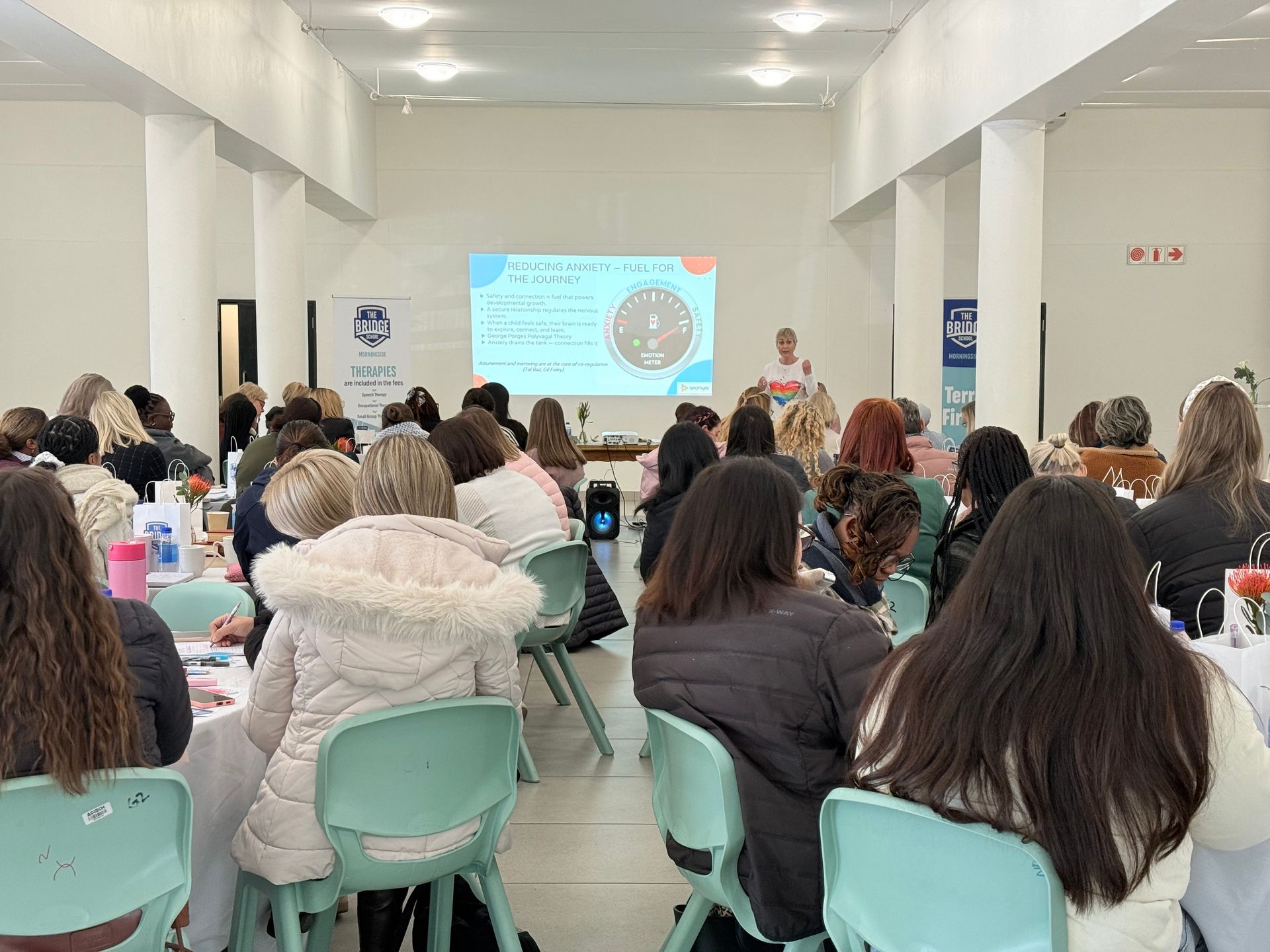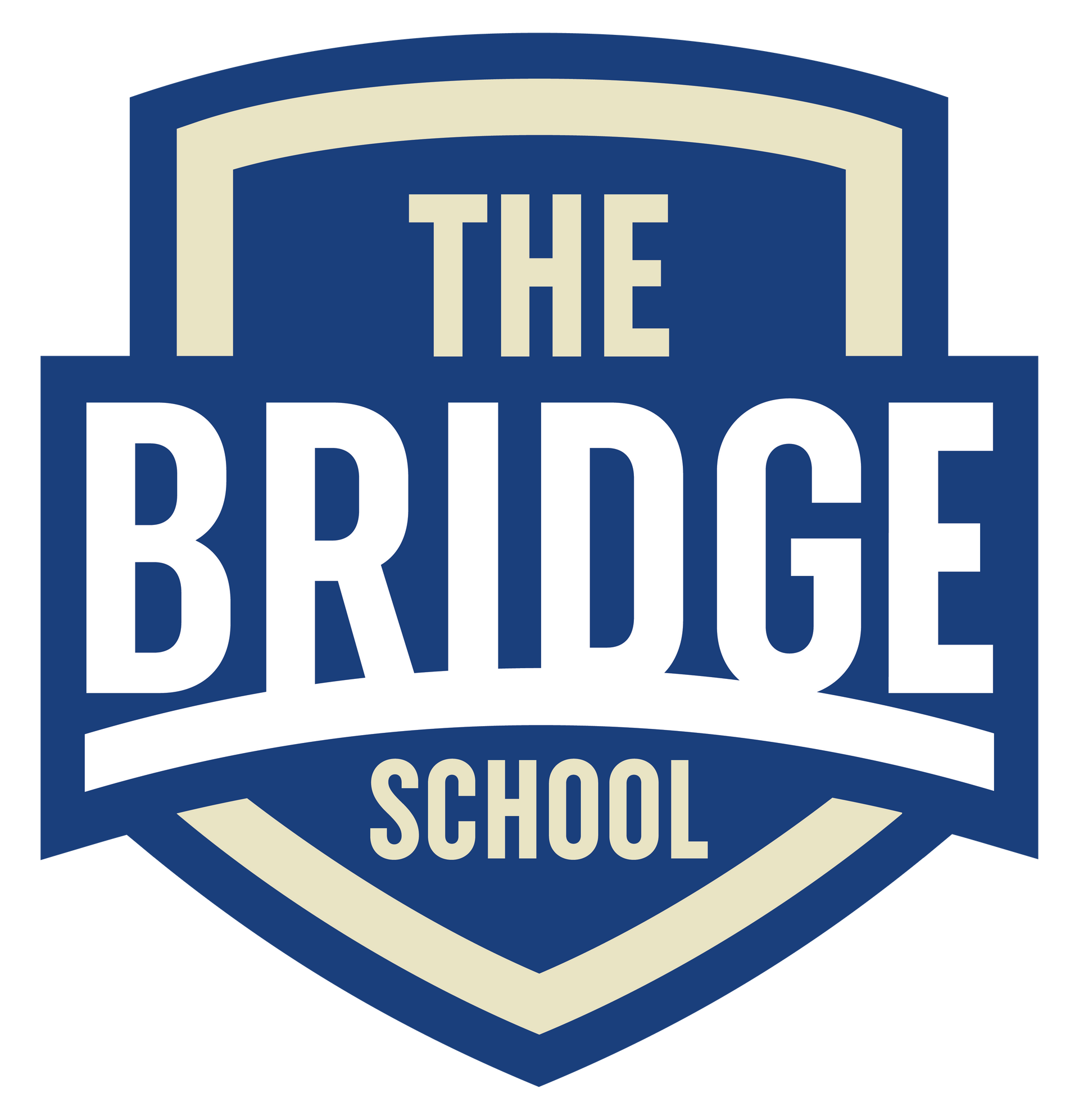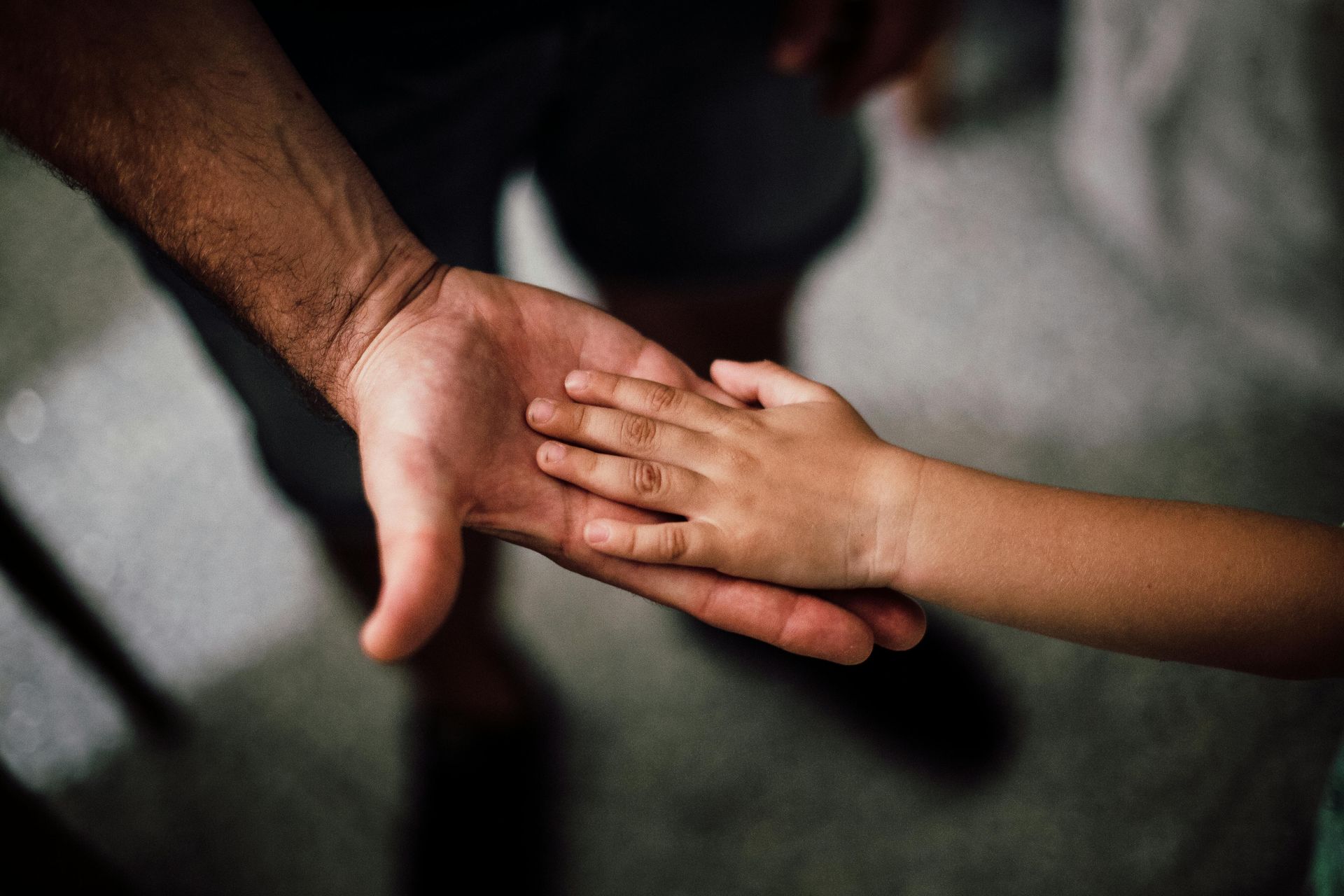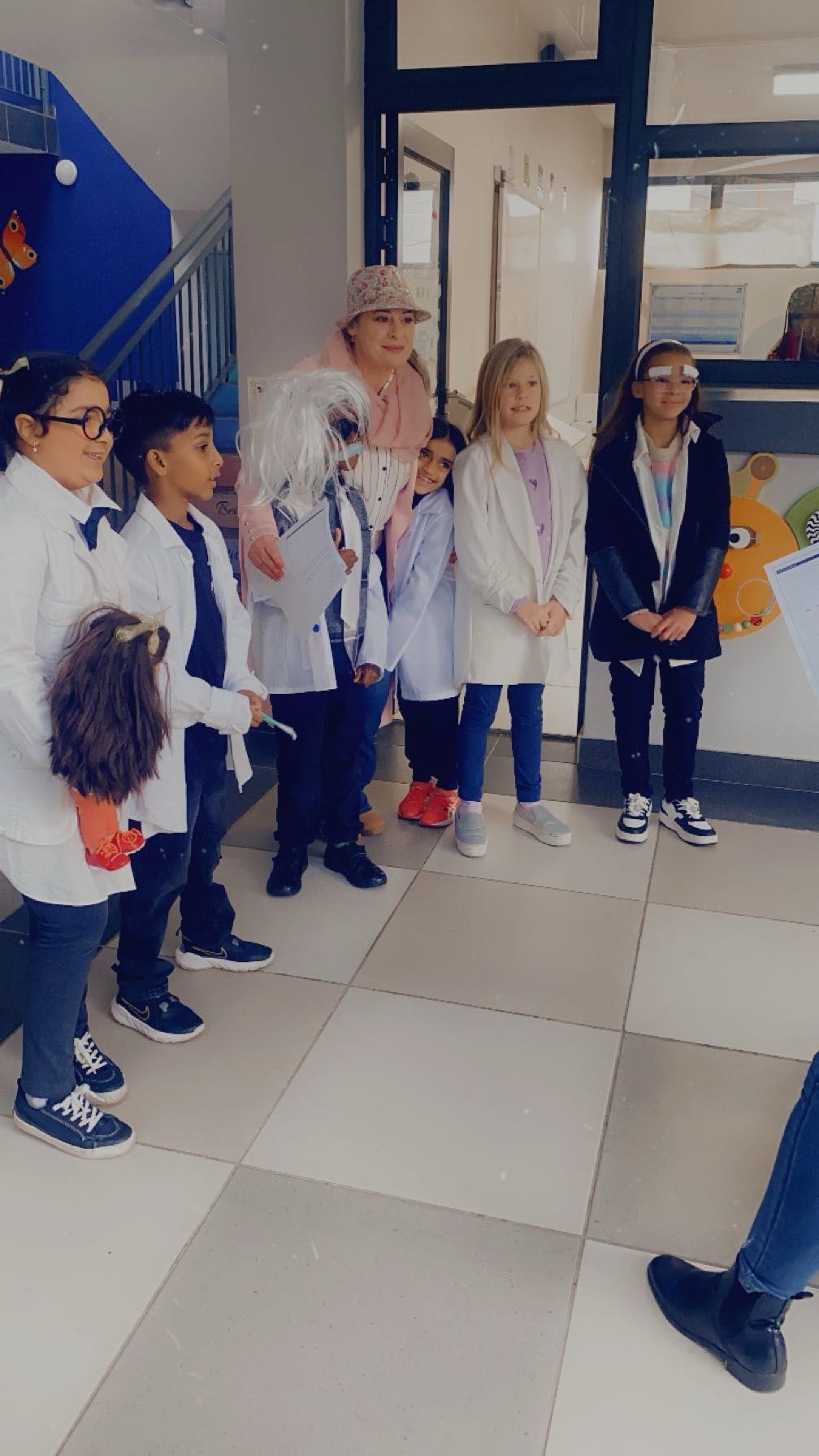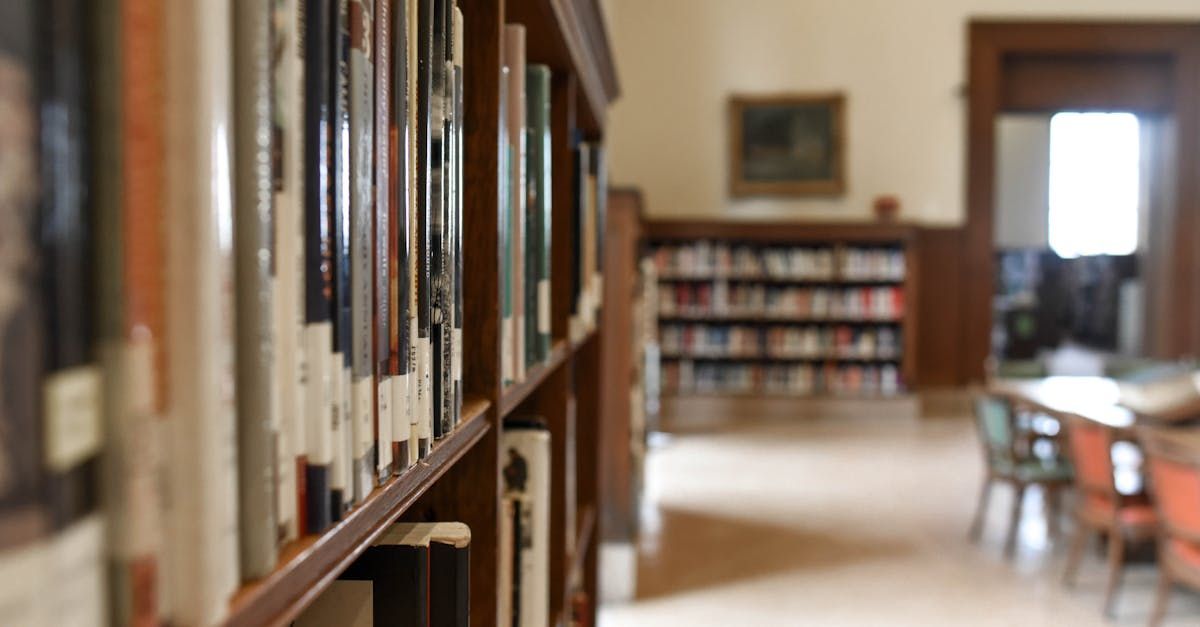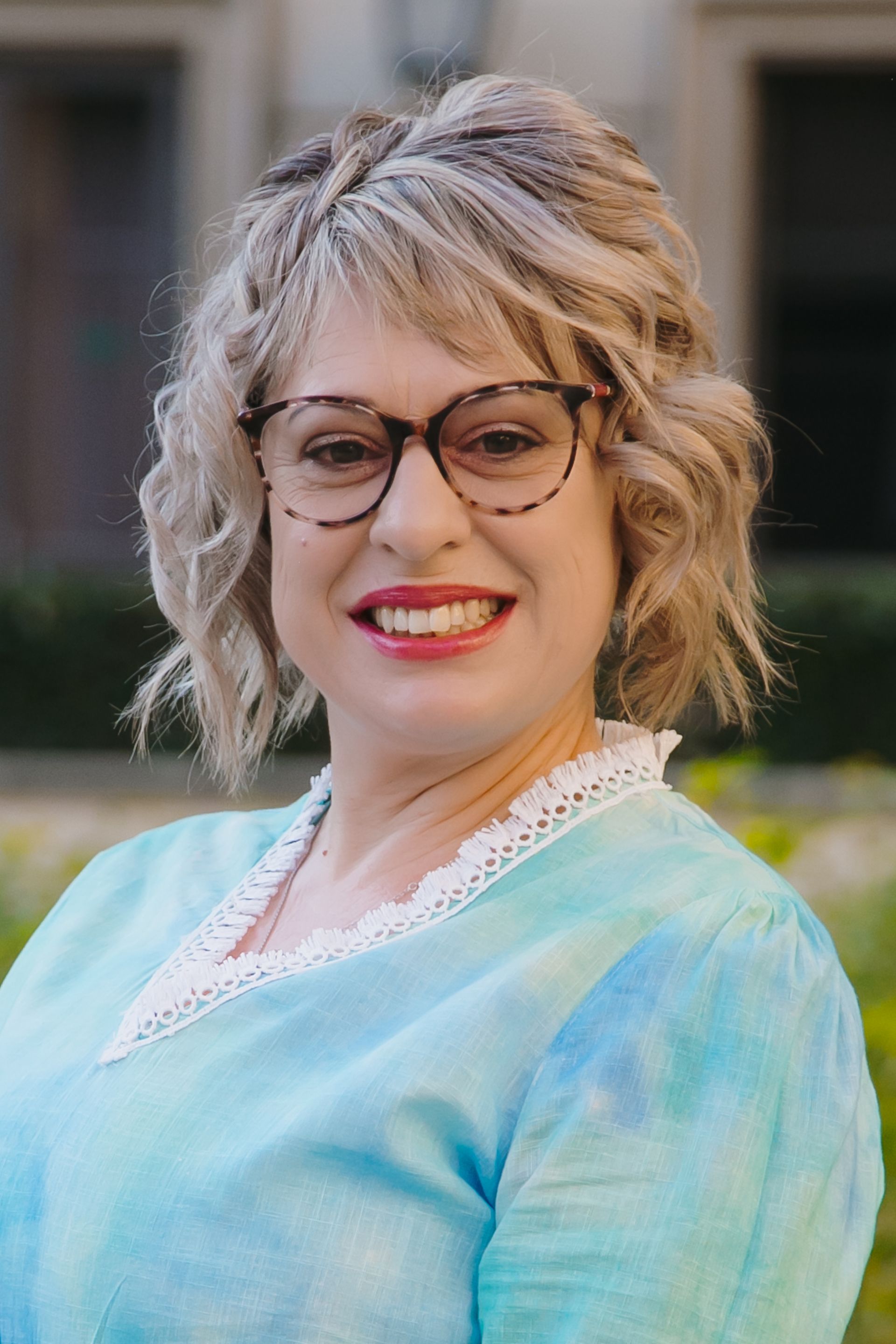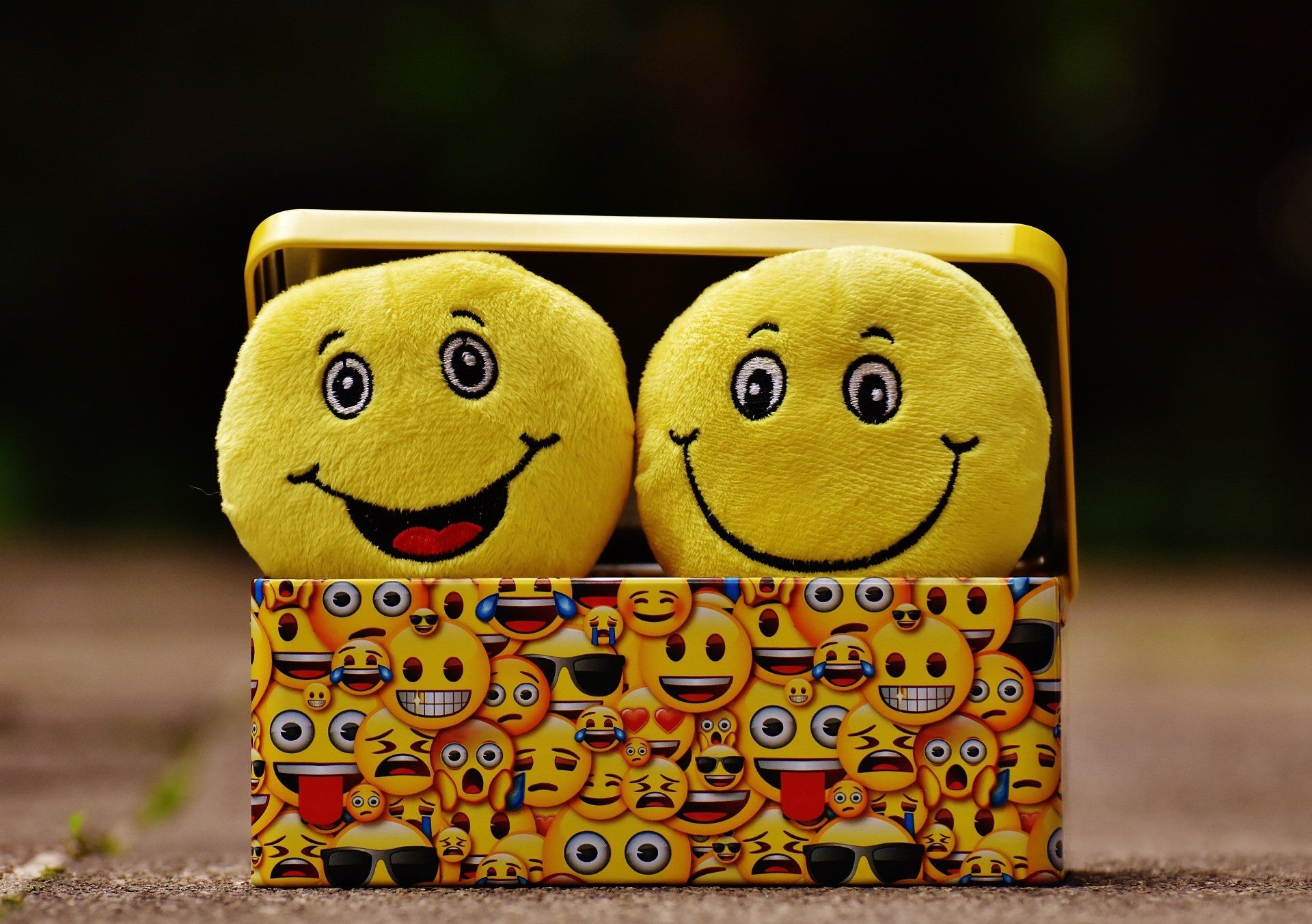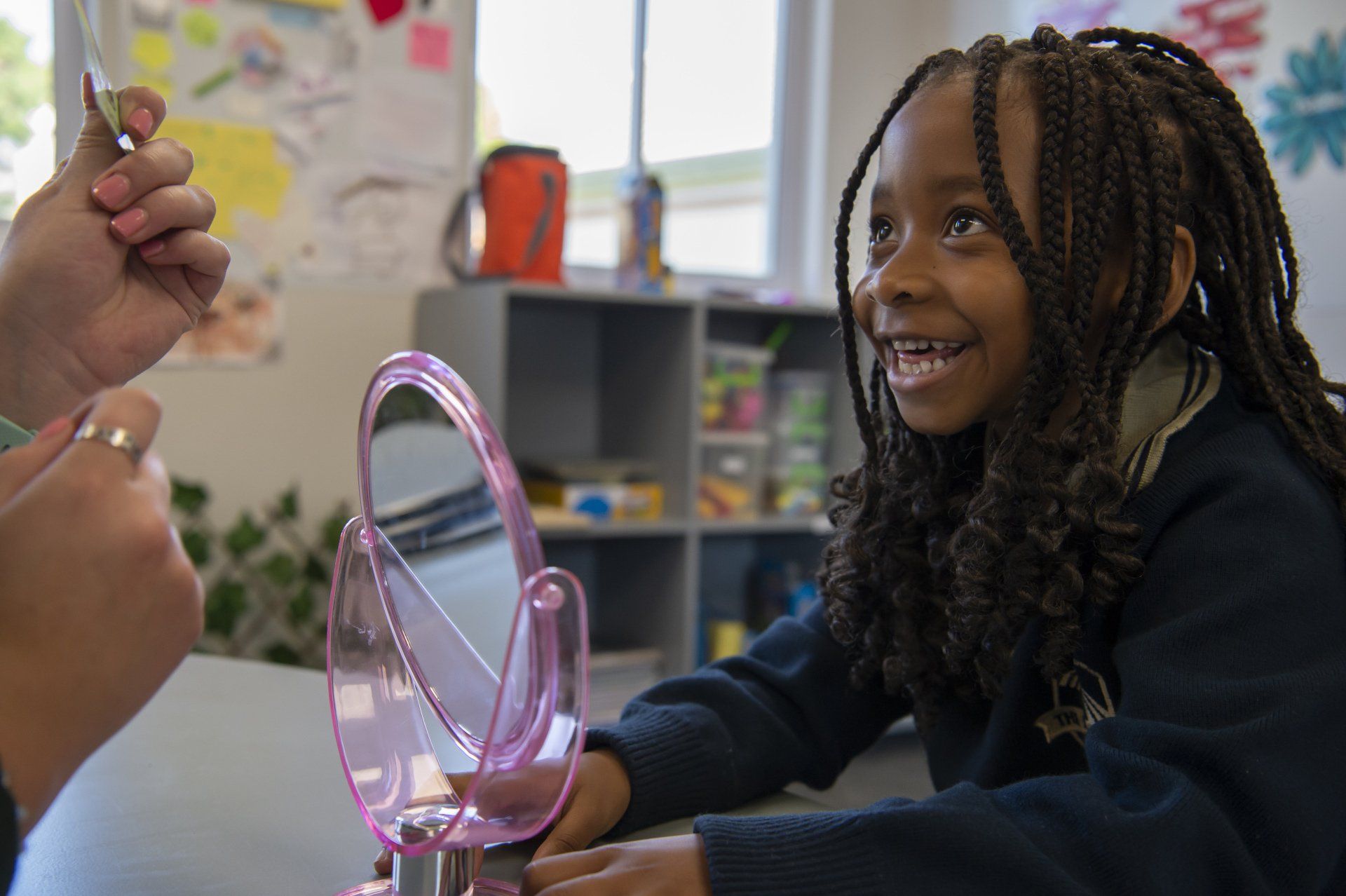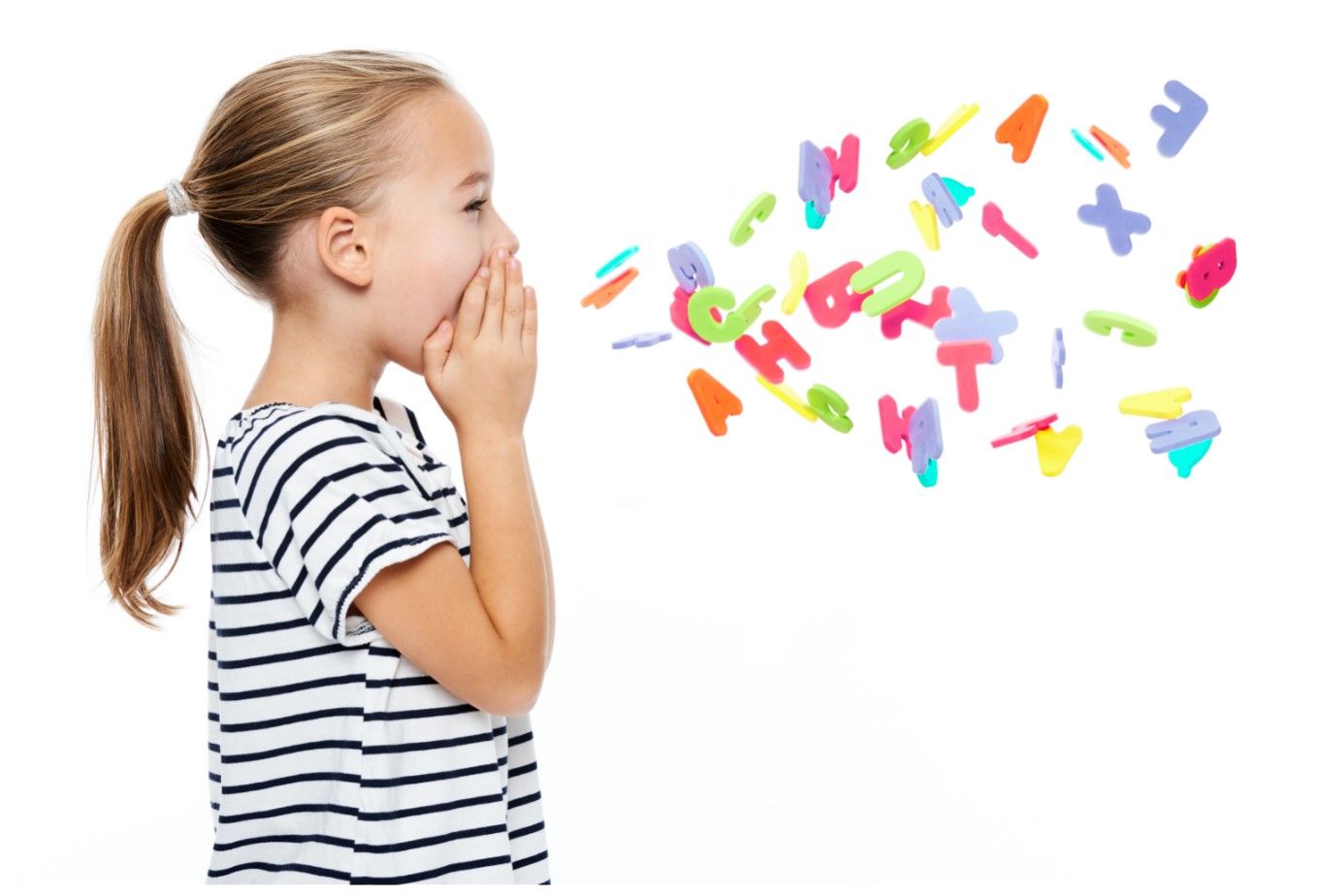Building Bridges: Creating Classrooms That Support Neurodiversity
How inclusive environments empower unique minds
As awareness around neurodiversity grows, South African schools are being called to rethink the traditional “one-size-fits-all” classroom model and instead design learning environments that celebrate and accommodate the vast spectrum of human brains.
“Neurodiversity includes a range of neurological differences such as autism, ADHD, dyslexia, dyspraxia, and more. These are not deficits, but natural variations in the human mind,” says Renie Sutherland, Principal: The Bridge Assisted Learning School Morningside.
“Creating inclusive classrooms means understanding these differences, removing systemic barriers, and adopting a culture where all students can thrive, not in spite of their differences, but because of them,” she says.
At its core, the neurodiversity movement reframes conditions like autism or ADHD from being disorders to being part of a broader neurological spectrum. It challenges the deficit-focused model and invites teachers to focus on strengths, interests, and capabilities.
“It therefore becomes our job as educators to create environments that do not just accommodate these students, but truly empower them,” says Sutherland.
However an inclusive classroom does not rely solely on differentiated worksheets or extra time on tests. It begins with creating a framework that anticipates flexibility and adaptability from the start and provides multiple means of engagement, representation, and expression.
This might include:
- Flexible seating and sensory-friendly spaces, allowing students to choose where and how they focus best.
- Visual schedules and clear routines, which support students who struggle with executive functioning or anxiety.
- Multi-modal instruction, where content is delivered through visuals, audio, movement, and hands-on experiences.
- Alternative assessment methods, like oral presentations, portfolios, or creative projects that tap into a student’s strengths.
“Teachers are the hubs of inclusion. Beyond lesson plans and classroom layouts, inclusive education begins with mindset. Teachers who cultivate curiosity, empathy, and high expectations for all students make the greatest impact,” notes Sutherland.
She says schools must prioritise, where possible, professional development in neurodiversity and inclusive pedagogy to equip teachers with the tools they need. Equally important is collaborating with families, therapists, and learning support teams to build a comprehensive understanding of each student’s needs.
“Neurodiverse students often bring exceptional talents in areas like art, music, technology, storytelling, or pattern recognition. When these strengths are nurtured, students feel a sense of belonging and purpose.
“For example, in one inclusive classroom, a student with dyslexia who struggled with written expression was given the role of creating a podcast to reflect learning. The result? Increased engagement, confidence, and a new skill set that stretched beyond the curriculum.”
Sutherland says true inclusion should not be considered within the framework of a set of strategies. Rather, it should become a school culture.
“It is in the language we use, the assumptions we challenge, and the communities we build. It is when students see themselves represented in the curriculum, when neurodiverse students are not pulled out but pulled in, and when difference is not merely tolerated but celebrated.”
Schools that embrace inclusion report benefits for all students—not just those who are neurodiverse. Peer empathy, collaboration, and creativity flourish in environments where diversity is normalised and supported.
“Creating inclusive classrooms for neurodiverse students is not just a trend, it is a necessary evolution. It calls on teachers and schools to be flexible, reflective, and innovative. Most importantly, it calls on us to believe in the potential of every student.
“Inclusion starts with understanding, and it grows when we teach with heart, design with intention, and lead with hope.”
